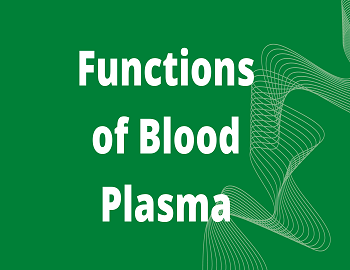Table of Contents
Hormones Secreted by Gonads:
Besides producing gametes, gonads also secrete sex hormones from the onset of puberty to control the reproductive organs and behavior. The characters which distinguish between the male and female individuals are known as secondary sexual characters. In men, these include hair growth on the face, chest, axillae, pubis, and masculine voice. In women, these include the development of breasts, widening of the pelvis and sweet voice, no development of hair on the face, etc. If the sex glands do not function properly or they are removed, the secondary sexual characters of either sex are suppressed. Generally the females, on removing sex glands, develop the male characters.
Hormones Secreted by Testes:
Testes are located in the scrotum. These, in the presence of follicle-stimulating hormone (FSH) and interstitial cells stimulating hormone (ICSH), produce two distinct hormones, the testosterone and the androsterone, collectively called androgens.
(1) Testosterone- It is the most important and potent androgen secreted by the interstitial cells which lie in between the seminiferous tubules and also from Sertoli cells.
(2) Androsterone- It is also a fairly strong androgen, second in activity to testosterone, secreted in the testes in the presence of FSH and ICSH.
Action of Androgens (Testosterone and Androsterone):
The androgens are responsible for secondary sexual characteristics:
(1) Genital Organs- The androgens are responsible for the normal growth of the penis, scrotum, prostate gland, and the other portions of the genital tract.
(2) Secondary Sexual Characters- These are responsible for the secondary sexual characters of male, i.e., the growth and development of hairs on the face and chest and the masculine voice.
(3) Muscles- The androgens are responsible for the muscular strength of males as compared to that of females.
(4) Skeleton- The androgens affect the skeletal growth to a reasonable extent.
(5) Metabolism- Recent findings have established that to a great extent, the nitrogen, sodium, potassium, inorganic phosphorous, and chloride ions metabolism is dependent on androgens.
(6) Sebaceous Glands- The androgens increase the secretions of the sebaceous glands.
Hormones Secreted by Ovaries:
Ovaries lie in the abdomen. These secrete three female sex hormones: estrogens, progesterone, and relaxin.
(1) Estrogens-
- These stimulate the female reproductive tract to grow to full size and become functional.
- Stimulate the differentiation of the ovum in the ovary (Oestrous Cycle).
- Stimulate puberty changes, such as the development of accessory sex characters such as enlargement of breasts, broadening of the pelvis, growth of pubic and axillary hair, deposition of fat in the thighs, and onset of menstrual cycle.
- Luteinizing hormone (LH) from the anterior lobe of the pituitary stimulates Graafian follicle cells to secret estrogens, while estrogens inhibit the secretion of FSH from the anterior pituitary.
- Helps in water balance, protein synthesis, cholesterol metabolism, fat deposition, and bone growth.
A rise in the level of blood estrogens above normal inhibits the secretion of LH from the anterior pituitary. This inhibits the oversecretion of estrogens.
(2) Progesterone- It is secreted by the corpus luteum. It serves the following functions:
- Suspends ovulation during pregnancy.
- Fixes the foetus to the uterine wall.
- Promotes placenta formation and the development of foetus in the uterus.
- Promotes the development of mammary glands during pregnancy and inhibits contraction of the uterus.
(3) Relaxin- It is secreted by the corpus luteum at the end of pregnancy. It relaxes the pelvic ligament and cervix for easy birth of the young one.









Comments (No)